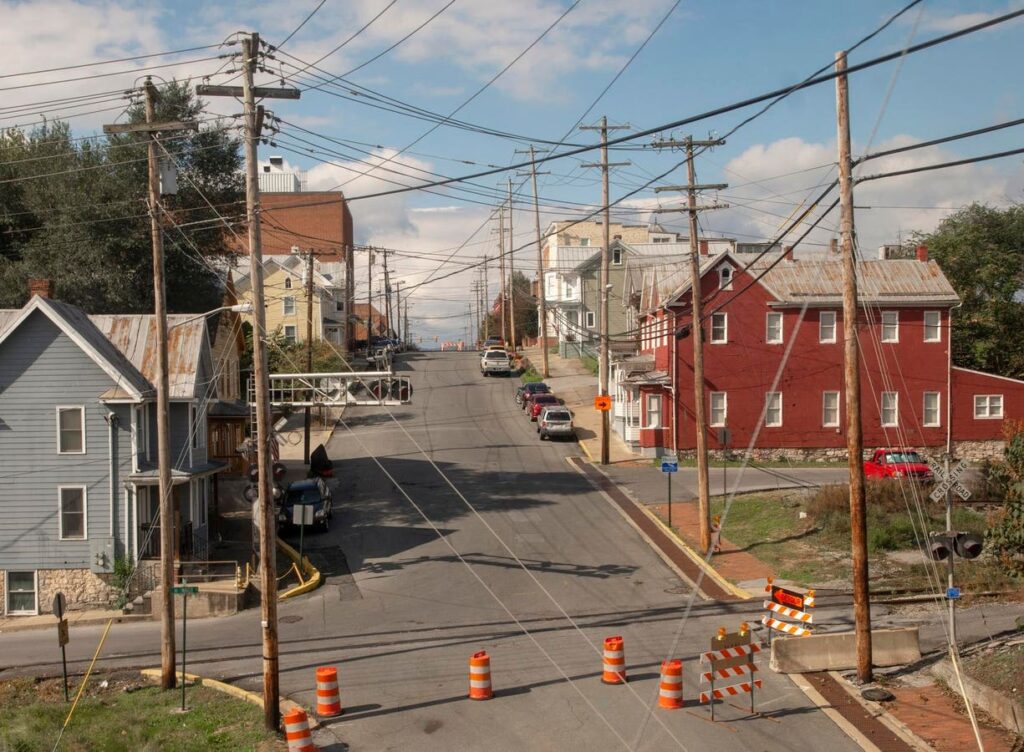In a recent study examining housing trends, we shifted focus from Virginia to West Virginia to analyze the most expensive ZIP codes within the state. Utilizing data from Zillow’s home value index and the U.S. Census Bureau, we observed that many of these affluent areas are in close proximity to one another, particularly near the scenic Potomac River. This shift provides insight into the housing market dynamics of West Virginia, revealing remarkable real estate appreciation and elevated household incomes that characterize the region. The analysis enables a deeper understanding of where wealth is concentrated in West Virginia and illustrates the changing landscape of property values.
The methodology involved an in-depth analysis of thousands of ZIP codes, evaluating the most expensive neighborhoods on a state and city level. The focus on ZIP codes offers a granular perspective on localized wealth, indicating the economic vitality of various areas. For our assessment, we utilized Zillow’s home value index data from November 2024, along with the average of median home values for a one-year period from December 2023 to November 2024. This multi-dimensional approach allowed for a clearer picture of real estate trends, highlighting both long-term growth and more recent short-term fluctuations in home values.
The highest-ranking ZIP code in West Virginia, 25442, is located on the route between Harpers Ferry and Martinsburg. This area is distinguished by a blend of farms, manufactured homes, and upscale residences, contributing to an impressive median household income of $120,217. Over the past five years, home values in this ZIP code have soared by over 60%, from a median value of $302,332 in November 2019 to a staggering $485,052 by the end of November 2024. This remarkable growth underscores the appealing nature of the area, which offers a compelling mix of idyllic rural landscapes and desirable amenities.
Following closely behind is ZIP code 25443, situated just upstream from Harpers Ferry. It has benefited from a similar trend, with home values climbing significantly from $305,338 in November 2019 to $459,638 in November 2024, reflecting an approximate 50% increase. The sharp appreciation rate of 7.4% in just one year signifies a robust demand for housing in this picturesque area, which also encompasses historical sites like the Antietam National Battlefield. The combination of attractive scenery and meaningful historical context likely plays a role in the area’s heightened property values.
The third most expensive ZIP code, 25446, is located around Summit Point, adjoining Virginia. This area reports a notably close alignment between median and mean household incomes, a rarity that hints at a concentrated affluence within the community. With a median household income of $130,278 and a nearly 60% rise in median home values from $280,017 in November 2019 to $447,037 in November 2024, 25446 demonstrates both solid economic standing and desirability among buyers seeking upscale living in a tranquil setting.
The fourth most expensive ZIP code, 25414, encompasses towns such as Charles Town and Mechanicstown. Here, median home values have appreciated by 52.8%, going from $261,550 in November 2019 to $399,633 in November 2024. Although the household income figures are lower than in the top three ZIP codes, with a median income of $101,020, this area still represents a significant market for higher-end properties, driven by a combination of historical charm and a growing suburban community.
Lastly, ZIP code 25430, covering areas like Middleway, Leetown, and Kearneysville, ranks fifth, with home values rising from a median of $243,050 in November 2019 to $373,891 by November 2024, reflecting a 53.8% increase. While its median household income of $86,808 is comparatively lower than those of the leading ZIP codes, the area’s growth over recent years illustrates a broader trend of increasing property values across West Virginia. As affluent communities continue to emerge within the state, understanding these dynamics is critical for potential buyers, investors, and local policymakers aiming to navigate this evolving real estate landscape.

